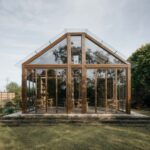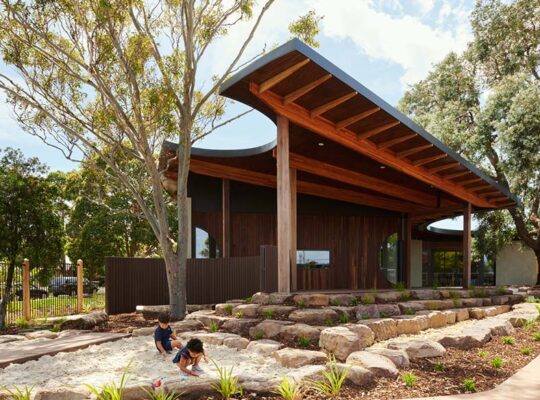Embodying Tranquility
Named after the traditional Chinese color symbolizing relaxation and a slow-paced lifestyle, SOM LAND Hotel epitomizes serenity amidst nature’s embrace.

Drawing Inspiration
Situated on Shanghai’s Chongming Island, SOM LAND serves as a tranquil retreat seamlessly integrated into the surrounding countryside. Inspired by nature and local customs, the design ethos revolves around harmonizing with the natural environment.
Harmonizing with Nature
SOM LAND’s outdoor spaces reflect a commitment to natural harmony, embracing a “low maintenance” approach that allows flora to thrive organically. Renovation of the existing structures adheres to local building regulations, preserving the original height and shadow range while enhancing functionality.
Thoughtful Space Rationalization
Renovation efforts focus on optimizing space utilization while maintaining a sense of balance and restraint. By increasing the number of floors and repositioning staircases, the accommodation building maximizes room capacity without compromising on comfort or aesthetics.

Maximizing Views and Light
Careful consideration is given to natural light and scenic vistas, with strategic placement of windows and transparent elements inviting sunlight to illuminate the interior spaces. The redesigned reception area seamlessly integrates old-world charm with modern functionality.
Material Selection and Sustainability
Echoing the resort’s commitment to natural living, construction materials are sourced locally, including recycled bricks, reclaimed wood, and natural clay paint. The facade’s textured appearance reflects the surface pattern of Chongming’s old cloth, while reed poles evoke traditional local architecture.
A Warm and Inviting Retreat
From the concave-convex texture of the facade to the recycled roof tiles adorning the reception counter, every design element at SOM LAND Hotel exudes warmth and tranquility, offering guests a deeper connection to the local environment and culture.
























